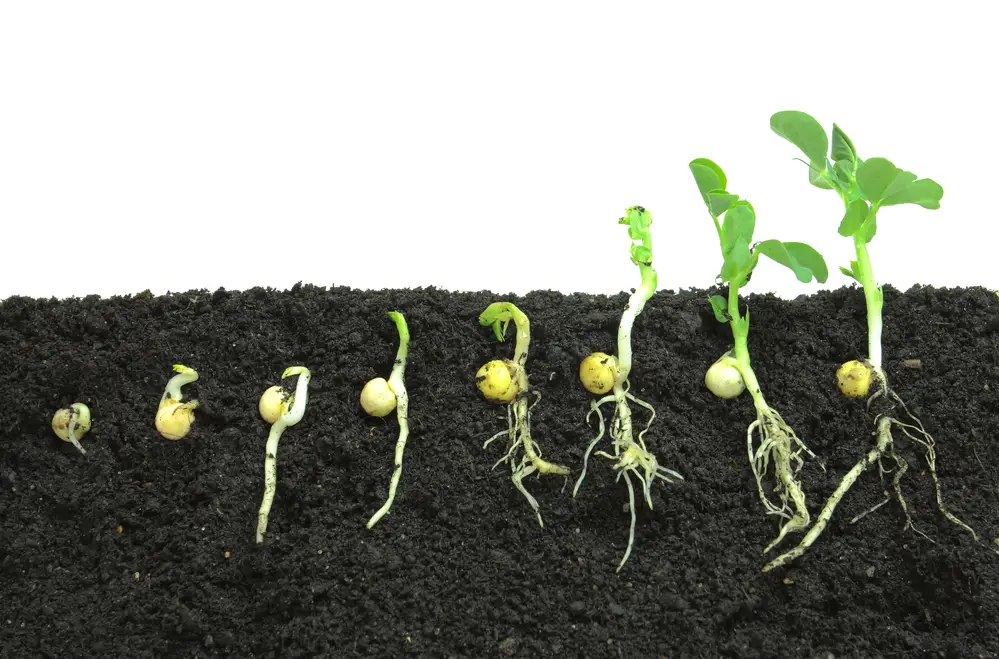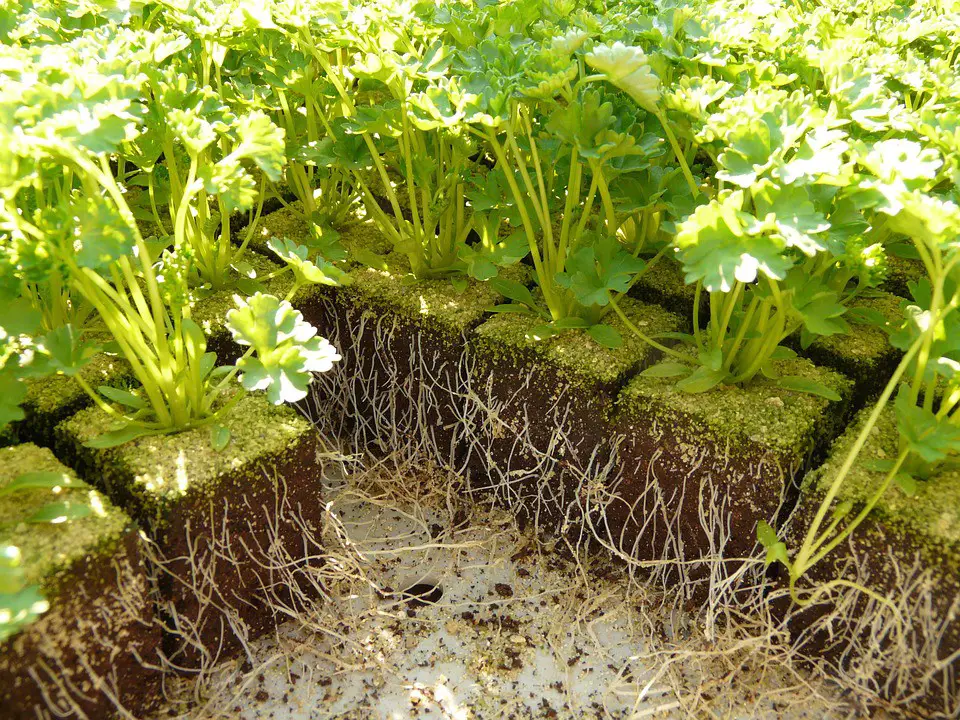A plant grows away from the ground up into the air, right? Of course it does, but how does a plant know to do this while it is a seed in the ground? It’s not like a seed has the sun to use as a guide. Why doesn’t a seed grow farther down in the ground or go sideways? Amazingly, plants have a unique sense that tells them which way they need to go to break into the sunshine and which way the roots need to grow to keep the plant alive.
When a plant has pushed out of the soil, its direction of growth is governed by the effect of light. This is called phototropism. When a seed is in the ground, however, there is no light. How then does a seed know which way is up? It all comes down to gravity. Plants are affected by gravity which dictates the direction roots will grow. This is called gravitropism. Phototropism and gravitropism are the responses that enable a plant to grow toward the light and the roots to grow toward the pull of gravity.
It has been a straightforward observation that plants grow toward the light, but until around 200 years ago, the question of how the plant got to that point was unknown. A botanist of the British Royal Society named Thomas Andrew Knight was the first to understand that there was some other stimulus that allowed a plant to know which way was up.
He came up with an unusual experiment to test his hypothesis that plants sensed the pull of the Earth’s gravity. He put seedlings on a plate that was then spun by the action of a water wheel at 150 revolutions per minute. He believed that if plants were indeed influenced by the pull of gravity, the seedlings would respond by growing toward the pull of gravity from the centrifugal force of the spinning plate. Centrifugal force, as a reminder, is the inertial force that is directed away from the axis of rotation and is the same force that wants to sling you off a merry-go-round.
After a few days, he observed his results and found that the roots of the seedlings were growing away from the center to the outside of the plate. Knight had successfully demonstrated that plants sensed a gravitational pull, but he couldn’t explain how they did it.
Even today, scientists still don’t know the mechanism of how plants know which way to go, but they have a theory on what could be happening. The theory relates to a system we use in our bodies. The inner ear of vertebrates is used for balance and orientation. There are semicircular canals which detect rotational movement of the head, and two otolith organs called the utriculus and sacculus that detect accelerations and movement in the horizontal and vertical directions.
These organs are lined with hairs that are surrounded by a gelatinous substance. Basically, when there is movement of this gel (that also contains calcium carbonate), the hairs move and send a signal to the brain which interprets it into what is happening. Plants, however, have no brain, but there may be a similar structure in plants that is signaling them which way to go.
Plants have food storage structures called amyloplasts which sit at the bottom of cells in the roots and shoots of a plant and inside are particles shaped like balls called statoliths. The particles move in response to gravity, namely down to the bottom of the structure. If a plant is on its side, the particles move to one side and provide a stimulus to the plant to get the particles to the bottom of the cell again, toward the direction of gravity. Scientists also believe that this response “tells” the other end of the plant to go the opposite direction though they don’t know the exact mechanism or signal how plants know to do this.
The theory about amyloplasts being the mechanism of how plants know which way is up was strengthened when plants were sent into space to grow. The roots of the plants in space grew in every direction in the absence of gravity.
Sources: NASA, NPR, NY Times, Scientific American, ASHA.org



